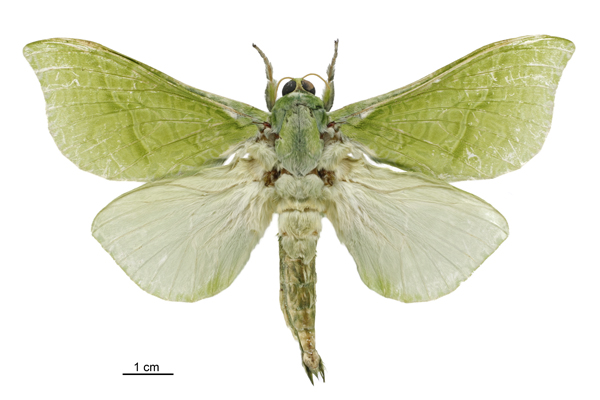Puriri moth prefers male trees
Embargoed until:
Publicly released:
2019-03-06 11:01
The larvae of New Zealand's largest native moth - the puriri moth - burrow into the heartwood of trees where they can live for up to six years, emerging at night to feed on tree sap. But for some reason, they live more often in male trees than females. Researchers think they've cottoned onto the reason why: female trees spend more of their resources on making fruits and seeds so don't have much left over for the larvae parasites.
Journal/conference: Biology Letters
Organisation/s: Victoria University of Wellington
Media Release
From: The Royal Society
Male plants often harbour more parasites than females, for reasons that remain unclear. Here, we show that male-biased parasitism in a dioecious tree species from New Zealand results differences in the cost of reproduction between the sexes. Unlike males, females have to subsidize post-fertilization costs of reproduction (e.g. seed and fruit development). As a result, female trees appeared to have smaller pools of resources available to parasites, thus leading to lower parasite loads. We conclude that male-biased parasitism in plants could arise from parasite-offspring competition for female resources
Attachments:
Note: Not all attachments are visible to the general public
-
The Royal Society
Web page


